The WHO estimates that between 2 and 3 million non-melanoma skin cancers and 132,000 melanoma skin cancers occur globally each year, and this is on the rise with Ozone Layer depletion.
Another remarkable statistic is that 80%of UV Rays penetrate clouds, so just because it's overcast, does not mean you cannot damage your skill seriously.
These two stats alone made me feel I needed to take things more seriously for myself as an adult, but as a parent, the effects are of course more serious for kids, with even a UV rating of '3' (pretty low on a scale up to 11) needing attention.
This meant that I wanted to keep my son safe, but also not feel a 'nag' in reminding him to put on hats, and put on suncream...I figured a talking Budgie might get through to him better!
The project of the UV Budgie is essentially a new adaptation of the core IoT Hardware (and automata mechanics) from the DesignSpark project I did with RS Components. The Air Quality Canary started off by alerting you to air pollution, including CO2 if working in a small/stuffy room all day, as many of us do in office or at home! From this, co-developer Pete Milne helped repurpose the code such that the IoT device 'looked up' the weather warning data from the UK Met Office.
Although this is a UK specific cite, it is of course possible to 'point' the API to anything, and it's hoped that the Hackaday community are a good bunch of people to test this out with - all around the world! So please have a go and let us know if this helps you and/or your kids be more UV-aware!
 jude_pullen
jude_pullen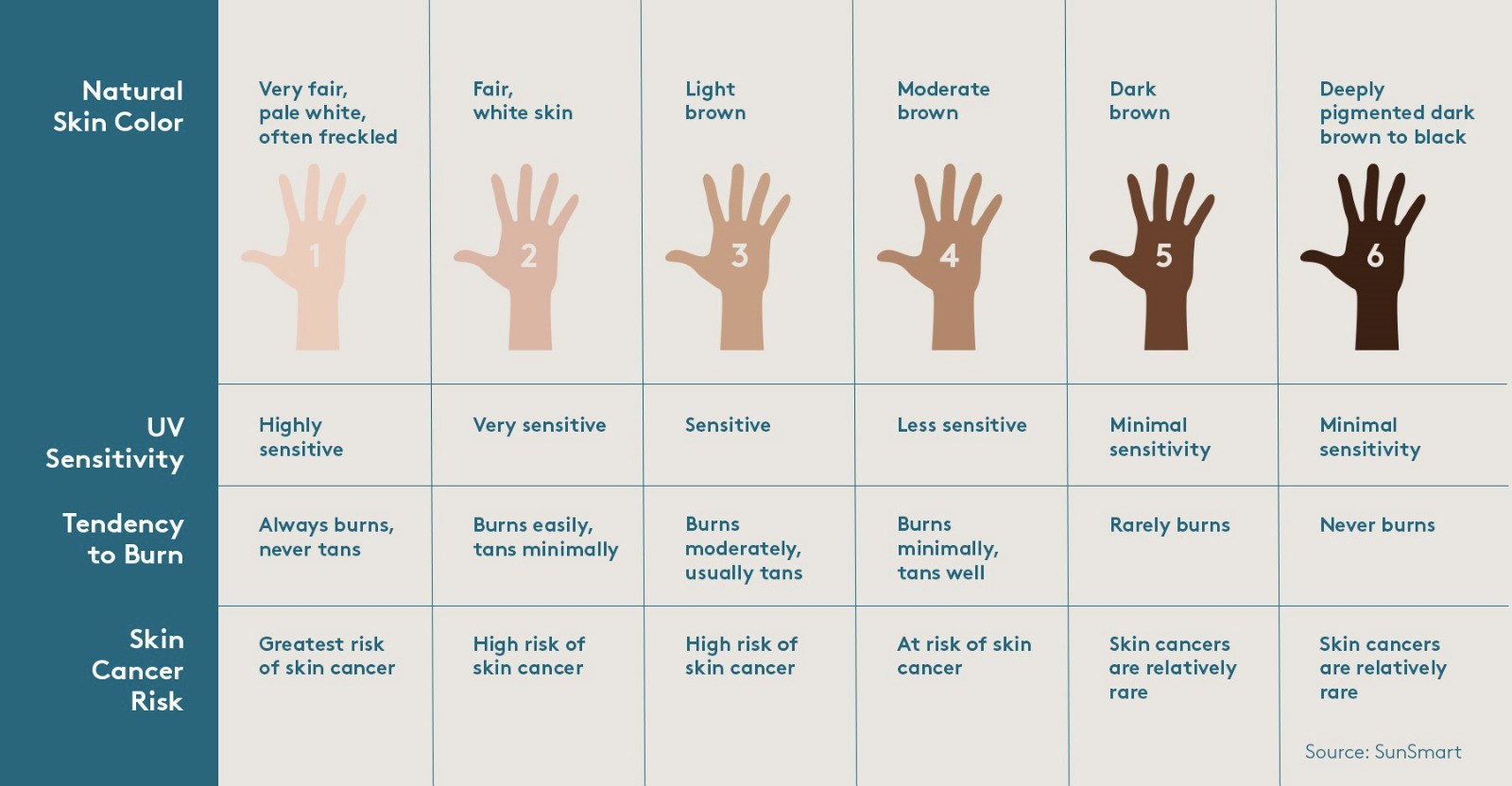
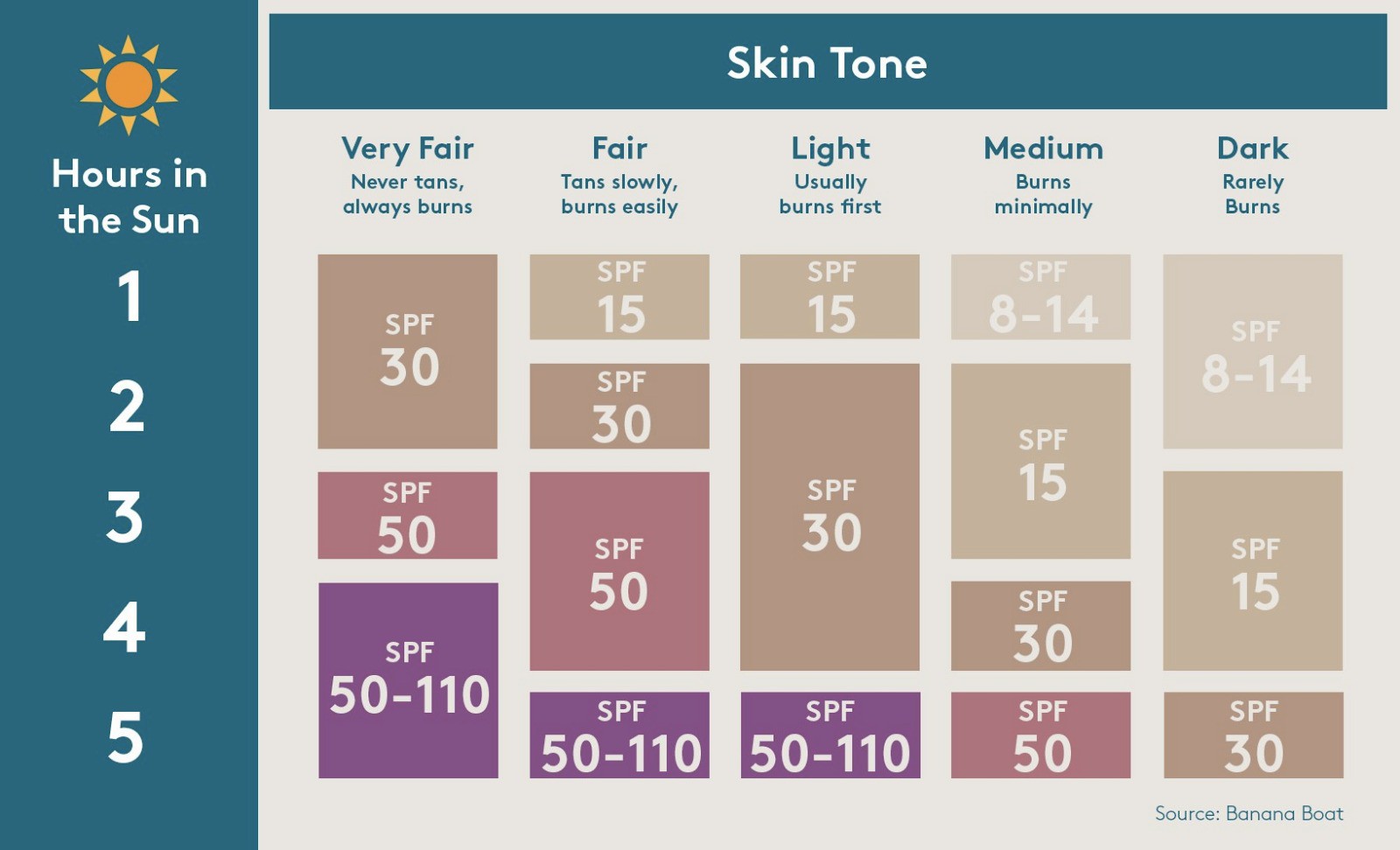
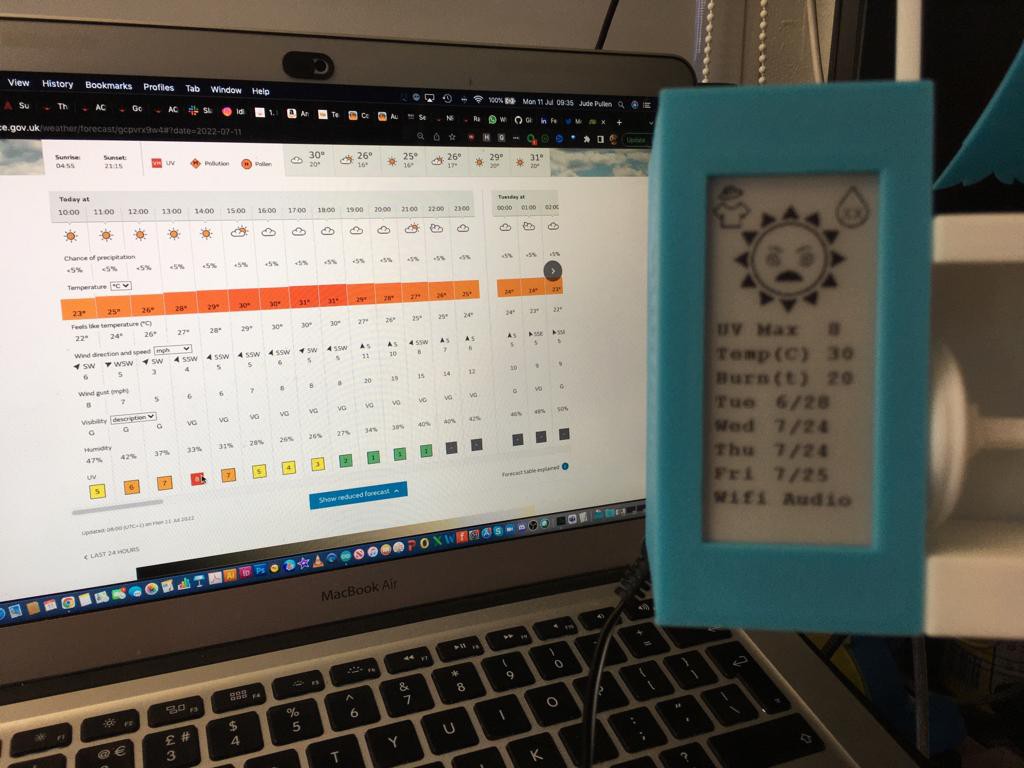
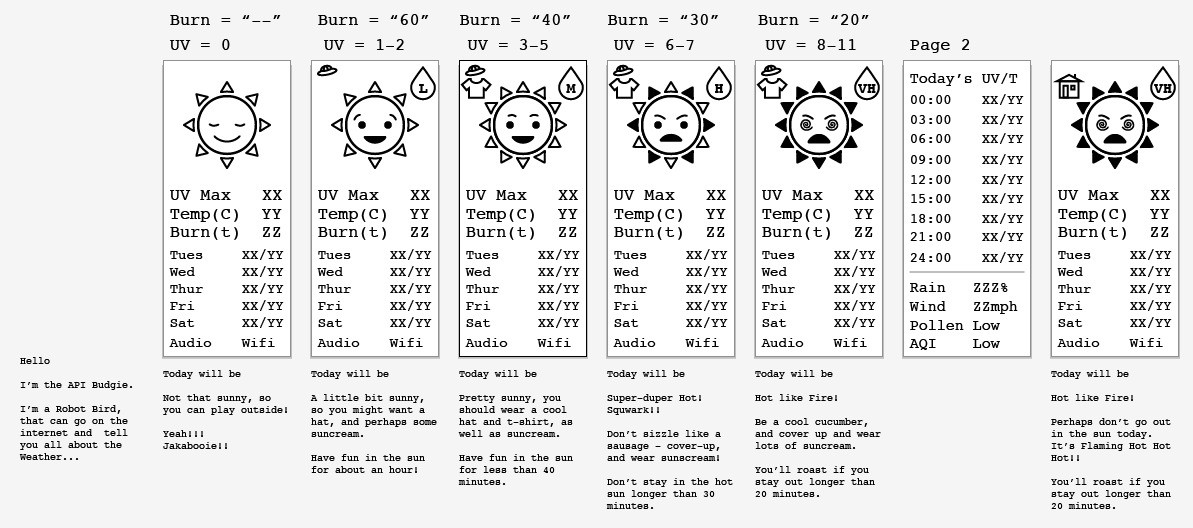
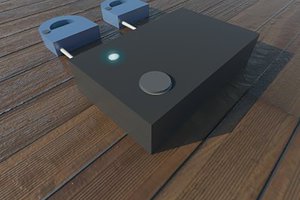
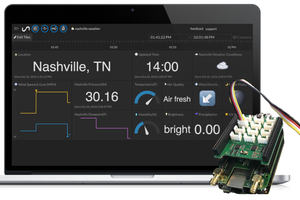
 Raymond
Raymond
 Aidan Draper
Aidan Draper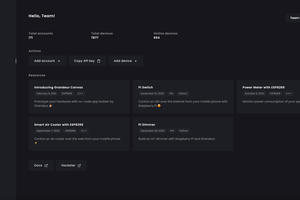
 Grandeur
Grandeur